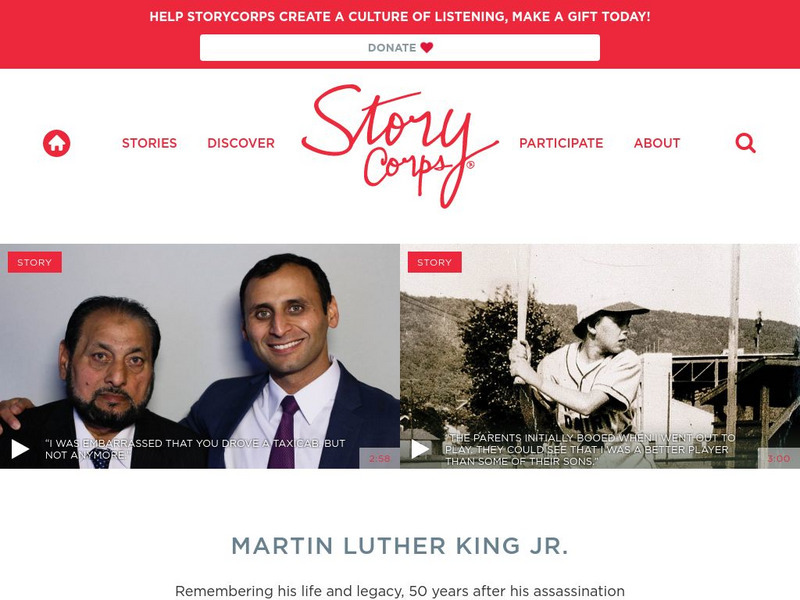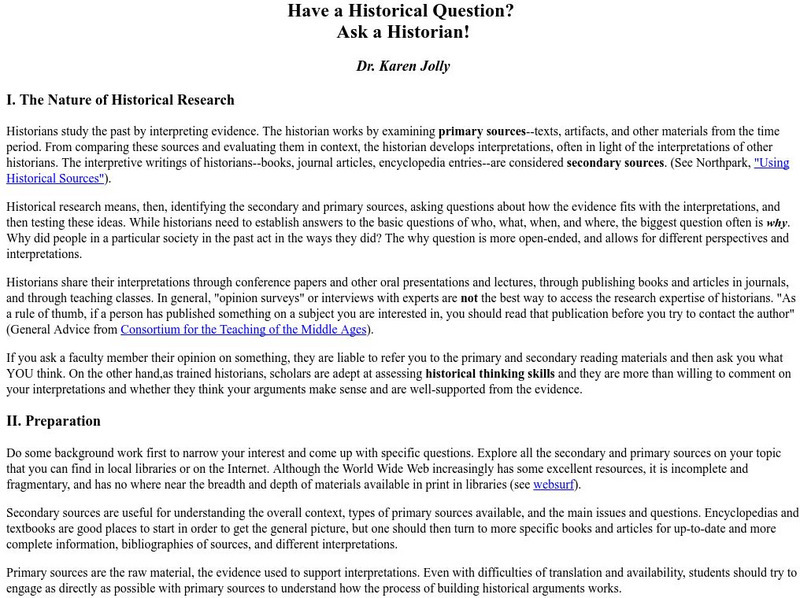Curated OER
American Indians
Sixth graders review and study the major regions of Native Americans and how their cultures were influenced by geography, natural resources and religious beliefs. They utilize chronological thinking, historical analysis and historical...
Curated OER
Romanticism, Realism and Transcendentalism
Correct two sentences on overhead and complete one analogy,Define word meanings, synonyms, antonyms, variant forms and word parts for five words,interpret ?The Devil and Tom Walker?
-respond to teacher-directed questions
-discuss...
Curated OER
Property: Ownership, Respect, and Responsibilty
Learners brainstorm objects that belong to themselves, classmates, the teacher, and the school. They discuss and rank what happens when personal property is damaged.
Curated OER
Capitol Visitors Center, Pre-Visit Lesson Plan, Grades 7 and 8
Learners, through lecture and discussion, identify public lands of Texas and how the land was used during the 19th century. They read selections about public lands and work in groups to answer questions about the readings. In groups,...
Curated OER
Awesome Animals
Students collect data from classmates about their favorite animal. They use the ClarisWorks graphing program to enter data, graph results, and interpret data.
Curated OER
Loyalist Day
Students interview each other to complete an interview organizer on research about Canadian Loyalists.
Curated OER
Newsroom
Students use the Internet and graphic organizers to organize the information they collect about farm products and exports.
Curated OER
Adapting to Animal Behavior for Survival
Second graders explore animal behaviors and adaptations by researching several different animals and their habitats.
Success Link
Success Link: Characters, Setting, Plot, Conclusion, and Summarizing a Story
This lesson plan offers a step-by-step procedure for teaching students how to identify story elements and to summarize a story. It explains how to use a "Who Am I" activity, as well as a linkage activity in identifying characters and...
Polk Brothers Foundation Center for Urban Education at DePaul University
De Paul University: Center for Urban Education: I Can Analyze a Story or History [Pdf]
This graphic organizer can be used to help students analyze a story or a historical event. Students will look closely at the story's characters or people involved in the historical event. Then they will summarize the story or event, and...
Curated OER
Mc Graw Hill: Part 1 Reading: Literature: Summarize
Learn how to summarize a story with this reference article; see the model showing the summary process.
Other
Prezi: Summarizing a Text
Slideshow provides an explanation of summarizing and describes how to make a good one.
Other
Story Corps: Every Voice Matters
StoryCorps is a national oral history project that records and preserves stories of people around the country. Select recordings are broadcast weekly on NPR, with an archive of stories available for playback at the StoryCorps online...
Better Lesson
Better Lesson: Ruby Bridges a Firsthand Account
In this instructional activity, we will read and understand the story "Through My Eyes" by Ruby Bridges. We will then compare and contrast this first-hand account with the secondhand account of "The Story of Ruby Bridges" by Robert Cole....
Education Development Center
Tune in to Learning: Summarizing
Series of interactive activities for practicing skills in summarizing information, in identifying main points and ideas, and in sorting lists into meaningful categories.
ReadWriteThink
Read Write Think: Book Report Alternative: Examine Story Elements Using Comic Stri
Comic frames are traditionally used to illustrate a story in a short, concise format. In this lesson, learners use a six-paneled comic strip frame to create a story map, summarizing a book or story that they have read. Each panel retells...
AdLit
Ad lit.org: Classroom Strategies: Story Maps
Story Maps are used for teaching students to work with story structure for better comprehension. This technique uses visual representations to help students organize important elements of a story. Students learn to summarize the main...
Polk Brothers Foundation Center for Urban Education at DePaul University
De Paul University: Center for Urban Education: Expand Story or History Text Based Dialog[pdf]
Students will use graphic organizers to help them make inferences about historical figures' feeings and motives. Students will summarize the information during an extension activity.
Alabama Learning Exchange
Alex: Leo Lionni's a Color of His Own
Learners will summarize a Leo Lionni story through drawing and writing. Students will also mix the three primary colors to make secondary colors.
Polk Brothers Foundation Center for Urban Education at DePaul University
De Paul University: Center for Urban Education: What Is a Fable? [Pdf]
"What is a Fable?" is a one page, nonfiction passage about what a fable is including animals that talk and a lesson learned. It is followed by an open-ended question which requires students to provide evidence from the story; it includes...
Other
Literacy Design Collaborative: Partner Retelling of Narrative Text
In this lesson, the teacher reads a story aloud and learners work with a partner to retell the story using sentence starters. Includes downloadable poster.
University of Hawai'i
University of Hawaii: Have a Historical Question? Ask a Historian!
This site summarizes what a historian does, what tools they use, and how to prepare to ask a historical question.
Polk Brothers Foundation Center for Urban Education at DePaul University
De Paul University: Center for Urban Education: A New Park [Pdf]
"A New Park" is a one page, non-fiction, reading passage about how a school in need of a playground got a city park instead. It is followed by constructed-response questions which require students to provide evidence from the story; it...
Polk Brothers Foundation Center for Urban Education at DePaul University
De Paul University: Center for Urban Education: Making a Difference [Pdf]
"Making a Difference" is a one page, fictional, reading passage about students helping to get their families and others to register to vote. It is followed by constructed-response questions which require students to provide evidence from...









![De Paul University: Center for Urban Education: I Can Analyze a Story or History [Pdf] Graphic De Paul University: Center for Urban Education: I Can Analyze a Story or History [Pdf] Graphic](https://static.lp.lexp.cloud/images/attachment_defaults/resource/large/FPO-knovation.png)








